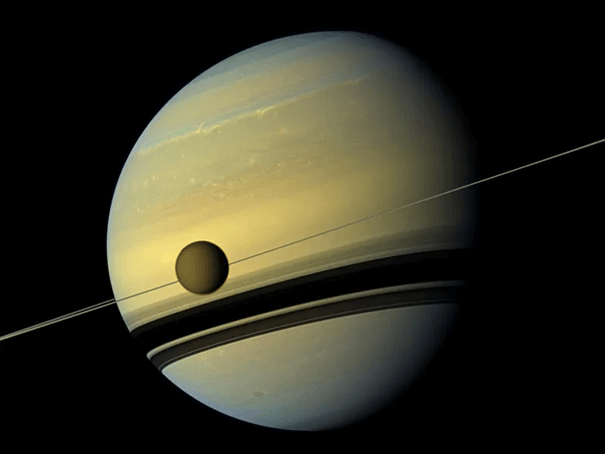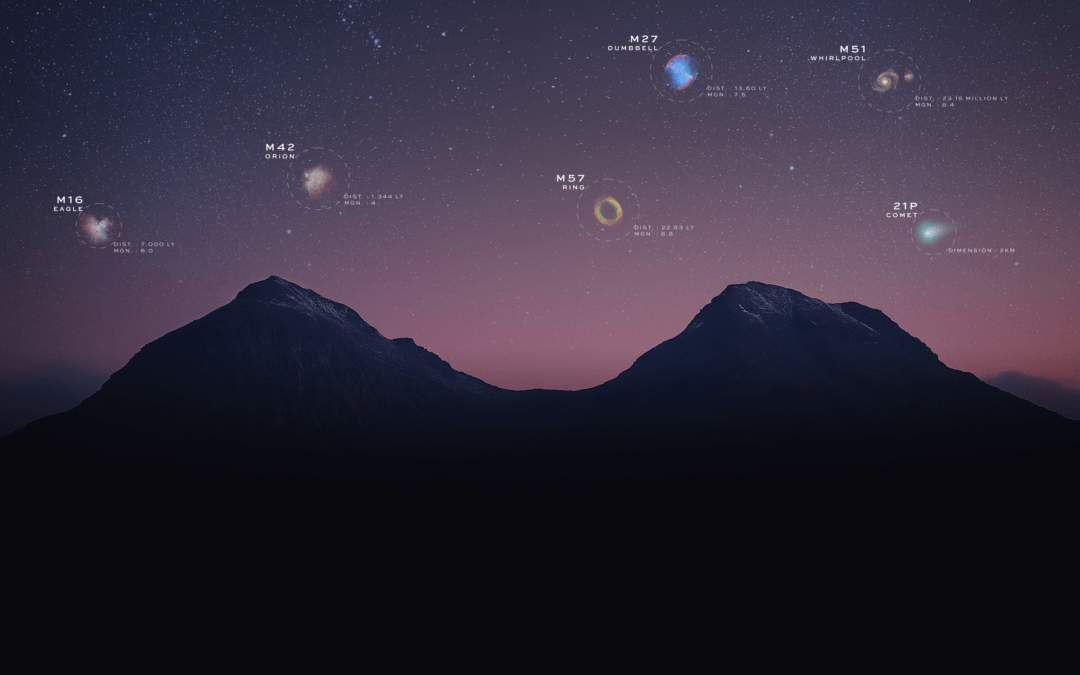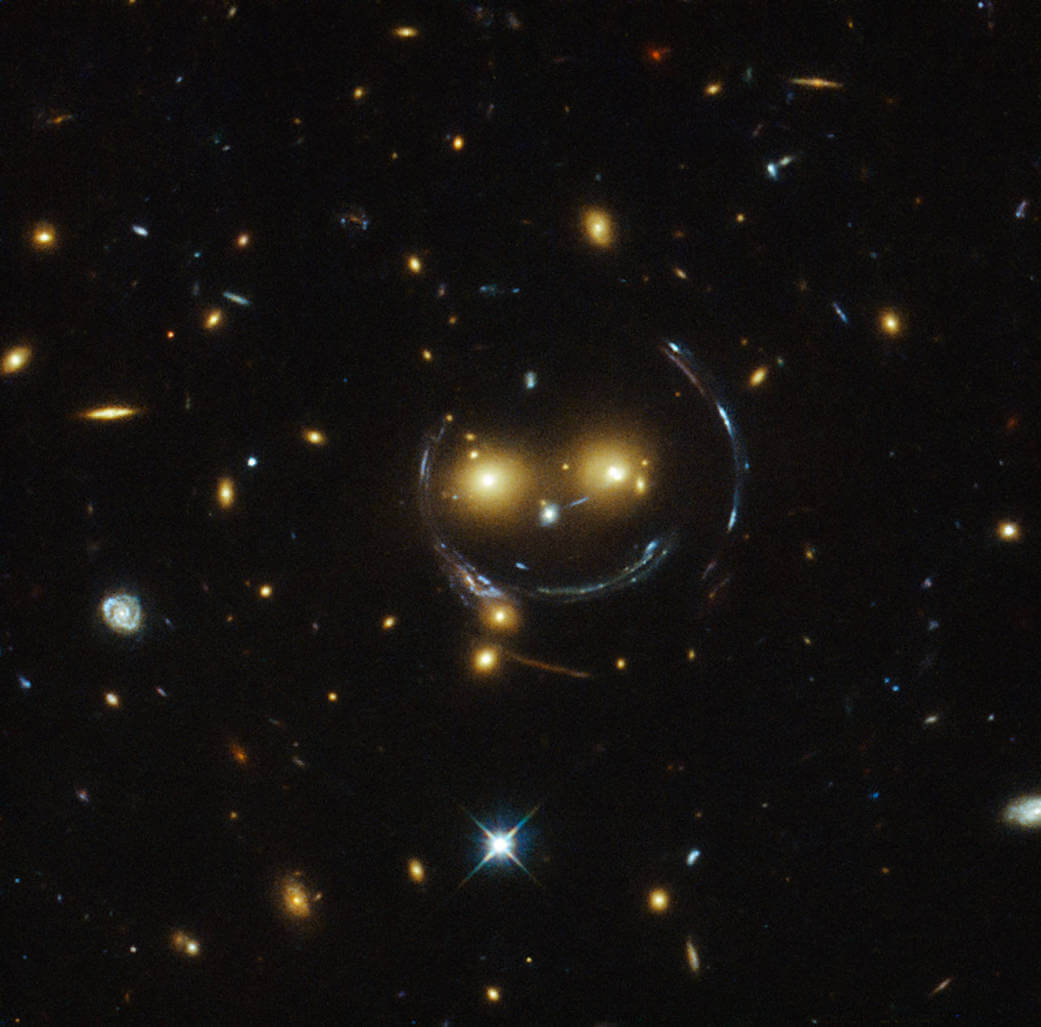This blog was first published on August 26, 2022 and the last update occurred Dec 2 to prepare for observations of Artemis I’s return journey. Grab your telescope and observe this mission’s historical journey back to Earth! Scroll to the bottom of this page to find out how you can participate.
Humankind is going back to the Moon! To prepare for boots on our only natural satellite, NASA is launching the Artemis I mission, which will test the agency’s Space Launch System (SLS) and deliver the Orion module to deep space – and back.
Luckily for those of us on the ground, we can witness history by observing Artemis I. However, there are no humans flying just yet – this trial run will ensure that all systems are go for manned missions, test new landing maneuvers, and deploy scientific instruments.
The Orion Crew Module, the main payload for this mission, will be the home of future astronauts during lunar travel. Orion’s deep space destination is Distant Retrograde Orbit (DRO), a stable orbit that requires little fuel to maintain, around the Moon. With Orion in DRO, it will travel over 64,000 km (approximately 40,000 miles) past the lunar surface. The trip may be far, but Orion will host mannequins (dubbed “moonikins”) built to test how the journey will affect human beings. At the end of its trip, Orion will return home on December 11 using a technique never before possible, in which the spacecraft skips in and out of Earth’s atmosphere, to provide increased safety for potential astronauts.
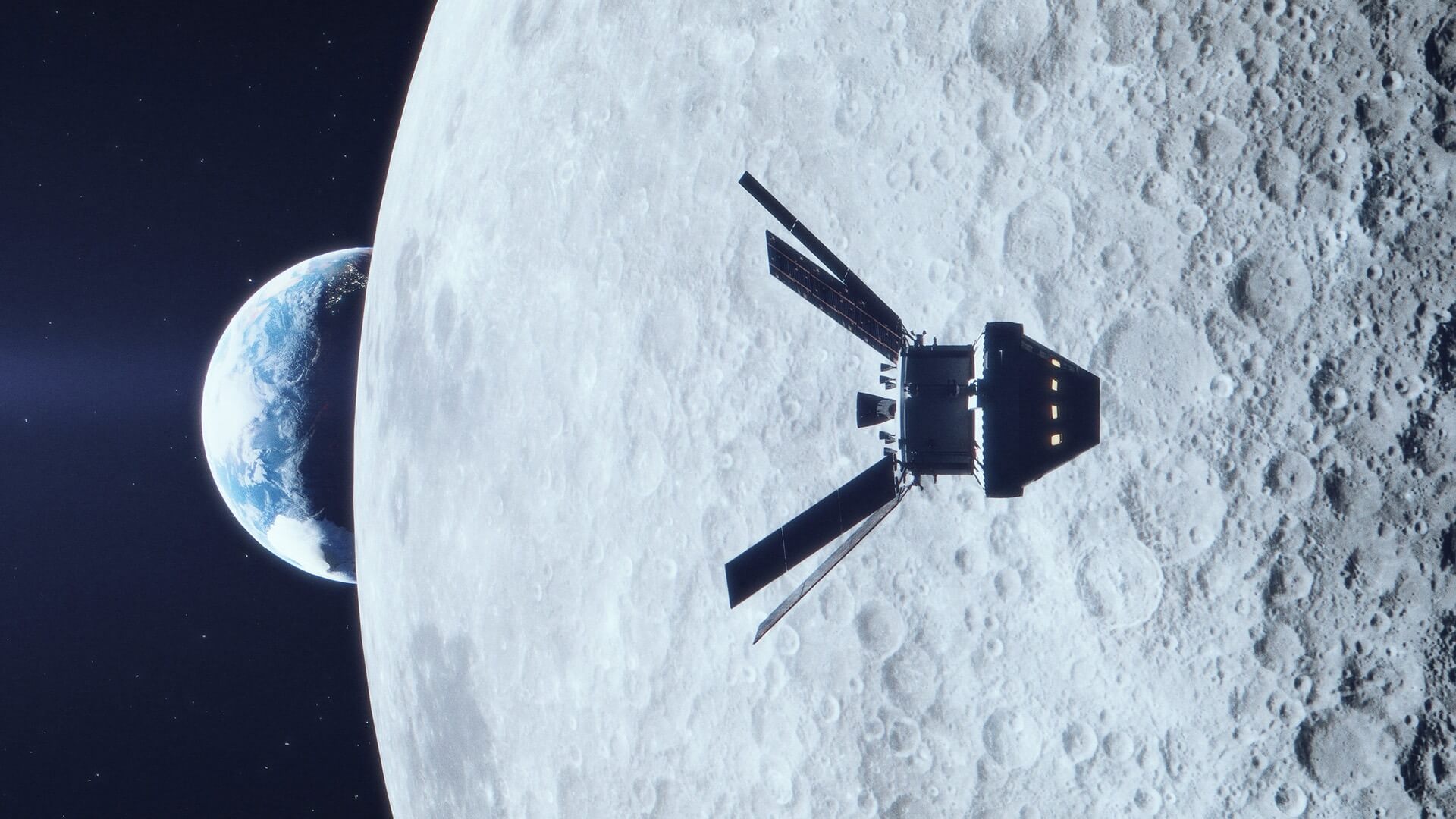
Credit: NASA. An artist’s depiction of the Orion module.
Timeline:
At Launch (L): On November 16, 06:47 UTC, Artemis I successfully launched!
L + 2min12s: Solid Rocket Booster separation.
L + 8min15s: SLS Core separation. At this point, only Orion, its service module, and the ICPS (Interim Cryogenic Propulsion Stage) are left traveling outward – the ICPS will jettison Orion away from Earth’s pull.
L + 52min56s: The ICPS will conduct a Perigee Raise Maneuver, meaning that it will raise Orion’s altitude to prevent the spacecraft from reentering Earth’s atmosphere.
L + 1h29min: ICPS will burn fuel for nearly 18min to increase Orion’s speed. This is called the Trans-lunar injection.
L + 1h57min: ICPS and Orion will separate. Now Orion will head towards the Moon propelled by its service module, built by the ESA. A burn will occur in the minutes after this separation.
L + 3h40min: The first five out of ten CubeSats will be deployed from the ICPS.
L + 5h10min to L + 8h3min: The rest of the CubeSats will be deployed from the ICPS one at a time.
L + 7h47min: Service module burn scheduled to occur to correct the trajectory towards DRO.
L + 5d (Nov 21): Orion will make its closest Lunar approach, approximately 60 miles away from the Moon.
L + 9d (Nov 25): Orion will transition into DRO. Once it is orbiting the Moon, it will be unobservable due to the illumination of the Moon.
L + 15d (Dec 1): Orion will leave DRO around the Moon.
L + 25d (Dec 11): The Orion module will splash back down to Earth in the Pacific Ocean. It will be retrieved by scientists and engineers to assess its state and gather data.
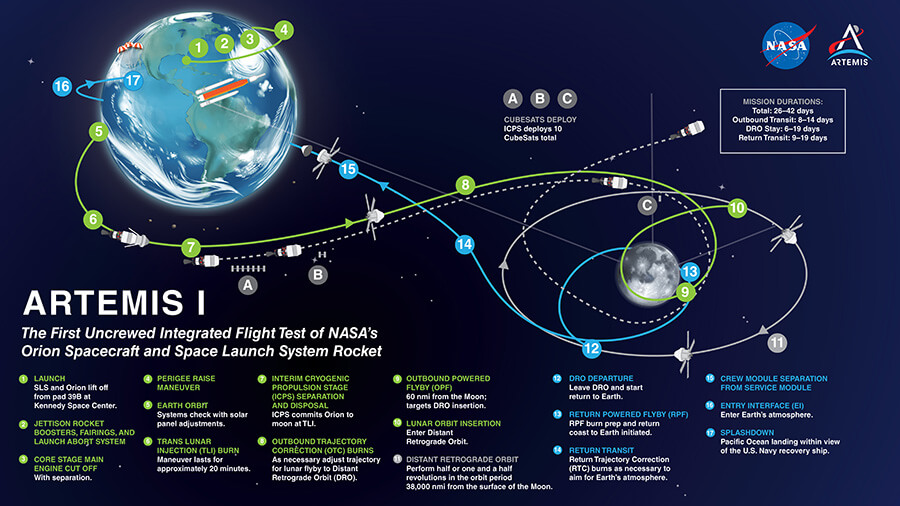
Credit: NASA. A map and timeline of the Artemis I mission to the moon and back.
How to Observe Artemis I with your Unistellar Telescope:
Several citizen astronomers observed Artemis I on its journey to and from the moon. See their images below!
As of Dec 1, the Orion module has officially started its return journey after a burn that will send it around the moon once more and back on track to Earth. That means you can get ready to observe it heading towards us, starting on Dec 6:
Dec 6th: Orion will be at ~15.5 mag, just bright enough to be observed with an eVscope. However, it will only be 10 degrees away from the full moon, so it is still difficult to observe.
Dec 7th: Orion will be at ~15.4 mag, but farther away from the moon at 34 degrees separation.
Dec 8th: Orion will be at ~15.2 mag and 36 degrees from the moon.
Dec 11th: Splashdown!
To observe the Artemis I mission with your Unistellar Telescope during its homebound journey, follow the instructions on our Planetary Defense Tutorial page and scroll down to option B: The Planetary Defense target is not in the Unistellar App’s database. This will instruct you on how to use our Moving Target Ephemerides page to plan your observation of Artemis I using the Planetary Defense science mode. This page will provide Deep Links that open the Unistellar app and contain all the observing parameters you need to make a 40-minute long observation.
If you have any questions, please reach out to us at [email protected].
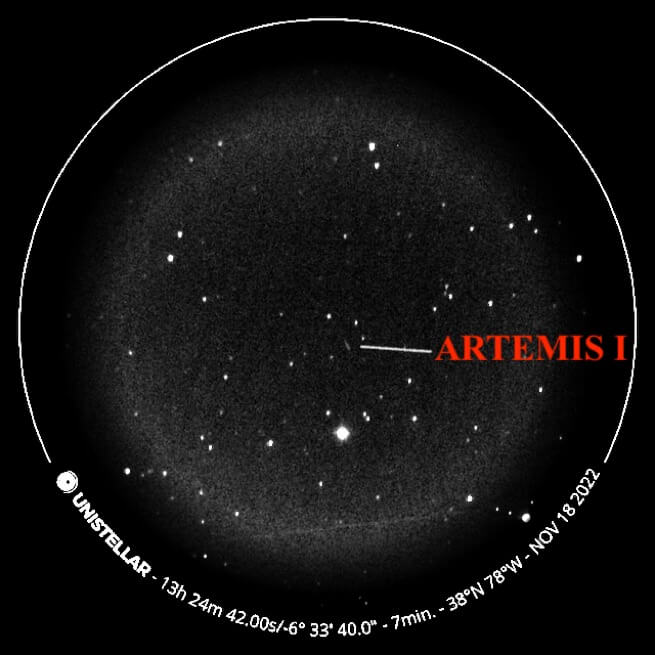
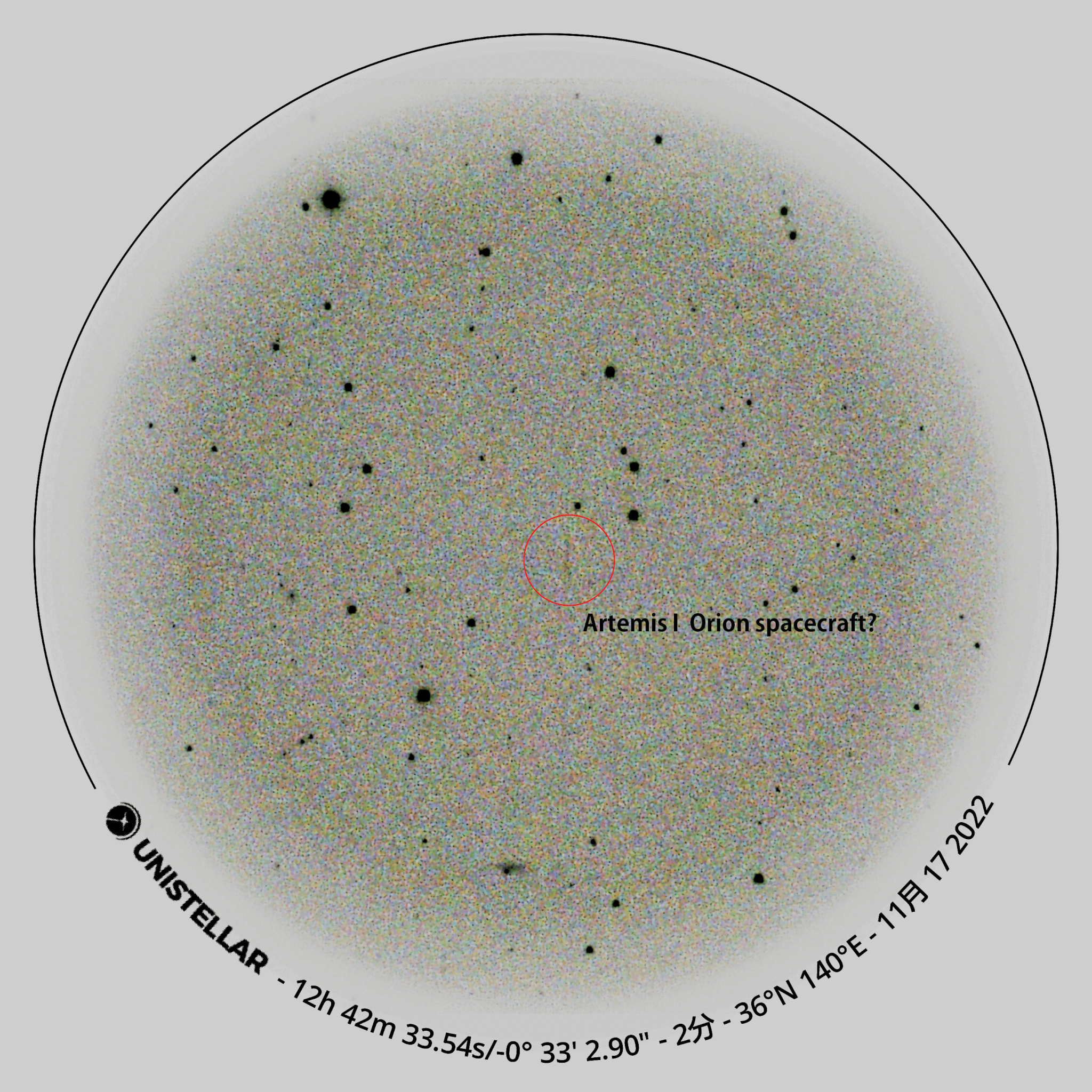
Artemis I on its outbound journey imaged by citizen astronomer Greg Redfern.
Artemis I on its outbound journey imaged by citizen astronomer Keiichi Fukui.
Artemis I on its journey back to Earth as observed by citizen astronomer Eric Hickok.
Further readings
Les ombres de Titan
Cet été, la planète aux anneaux Saturne occupe le devant de la scène dans notre ciel nocturne, offrant aux astronomes amateurs une occasion rare d'observer des événements transitoires fascinants.
3 raisons d’observer ce mois-ci
Sur Jupiter : Imaginez des lunes projetant leur ombre sur une planète géante. En ce moment, les lunes de Jupiter offrent un spectacle exceptionnel : des éclipses visibles même depuis des zones urbaines. Chaque passage d'une lune devant le Soleil crée une ombre qui danse sur la surface de Jupiter. Consultez notre article dédié pour ne rater aucun passage d'Io, Europe ou Ganymède.
La Nuits des Étoiles 2024
À l’occasion de la 34ème édition des Nuits des Étoiles, UNISTELLAR, renouvelle son partenariat avec l'Association Française d’Astronomie.
Unistellar Community Included In Multiple Scientific Papers
Did you know Unistellar Citizen Astronomers are often cited in published scientific papers? Find out how you can contribute too!
Nouvelle Mise à Jour de l’App Unistellar : Version 3.0
The latest Unistellar App Update, version V3.0, is now live. Explore a smooth stargazing experience !
Halloween Observing Guide: Spooky Deep-Sky Objects
These Halloween deep-sky objects will add some light to those dark, spooky nights. Treats, tricks, and telescopes await!
